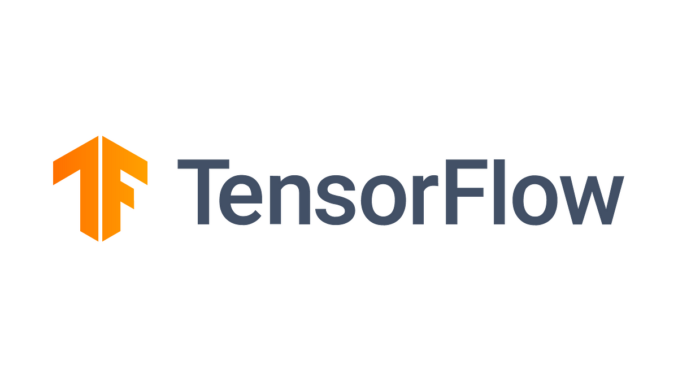
Machine learning is rapidly evolving, with new technologies and frameworks emerging constantly. TensorFlow is a powerful and versatile library for building and deploying machine learning models. Whether you’re a data scientist, student, or developer, understanding the basics of TensorFlow is crucial for staying ahead in this exciting field.
TensorFlow is an open-source software library developed by Google for numerical computation and large-scale machine learning. At its core, it’s a framework that enables you to create and execute computational graphs, which represent mathematical operations on data. TensorFlow excels at handling complex tasks like image recognition, natural language processing, and time series analysis.
TensorFlow’s popularity stems from its flexibility, scalability, and wide range of capabilities. It’s widely used in industry, academia, and research, making it an essential tool for aspiring machine learning practitioners.
TensorFlow is named after its fundamental data structure: the tensor. A tensor is a multi-dimensional array, similar to a matrix, that can hold numerical values. These values represent data points or parameters used in machine learning models.
TensorFlow’s strength lies in its ability to perform computations on these tensors. Operations like addition, multiplication, and matrix multiplication are defined as nodes in the computational graph. These operations are executed in a highly optimized manner, utilizing the power of GPUs and TPUs for parallel processing.
import tensorflow as tf
# Creating tensors
a = tf.constant(2)
b = tf.constant(3)# Defining an operation
c = a + b# Executing the operation
with tf.Session() as sess:
result = sess.run(c)# Printing the result
print(result) # Output: 5
Neural networks are powerful models inspired by the human brain. They consist of interconnected layers of neurons, each performing a simple computation on input data. TensorFlow provides a high-level API, known as Keras, specifically designed for building and training neural networks.
from tensorflow import keras
# Defining a simple neural network model
model = keras.Sequential([
keras.layers.Dense(128, activation='relu', input_shape=(10,)),
keras.layers.Dense(10, activation='softmax')
])# Compiling the model
model.compile(optimizer='adam',
loss='sparse_categorical_crossentropy',
metrics=['accuracy'])# Training the model on data
model.fit(x_train, y_train, epochs=10)# Evaluating the model's performance
loss, accuracy = model.evaluate(x_test, y_test)
print('Test accuracy:', accuracy)
Once a neural network is defined, it needs to be trained on data to learn patterns and make accurate predictions. This involves feeding the model with training data and adjusting its internal parameters through an iterative process called optimization.
TensorFlow offers various optimization algorithms, such as gradient descent and Adam, which aim to minimize the model’s errors by updating its weights in the right direction. Model evaluation is crucial to assess its performance and ensure it generalizes well to unseen data. TensorFlow provides metrics like accuracy, precision, and recall for evaluating different aspects of the model’s predictions.
TensorFlow offers a rich ecosystem of tools and libraries to streamline model development.
- Keras: A high-level API for building and training deep learning models.
- Estimators: A framework for defining and training models in a structured and reusable way.
- TensorBoard: A powerful visualization tool for monitoring training progress, analyzing model architecture, and understanding model performance.
These tools simplify model development and provide valuable insights into the training process, ultimately leading to better model performance.
TensorFlow models can be deployed to various environments, from cloud platforms to mobile devices. This enables developers to integrate AI capabilities into their applications and solve real-world problems.
TensorFlow is used in various industries, including:
- Image Recognition: Identifying objects in images, powering applications like self-driving cars and medical diagnosis.
- Natural Language Processing: Understanding and generating human language, enabling chatbots, machine translation, and sentiment analysis.
- Time Series Analysis: Forecasting future trends in financial markets, weather patterns, and other time-dependent data.
TensorFlow is a powerful and versatile library that empowers developers to build and deploy sophisticated machine-learning models. By understanding its fundamentals, you can leverage its capabilities to create innovative applications and solve complex problems in various domains. Explore the vast resources available on the TensorFlow website and dive into hands-on tutorials to further your learning journey. Join the vibrant community to connect with fellow practitioners and contribute to the ongoing development of this transformative technology.

Be the first to comment